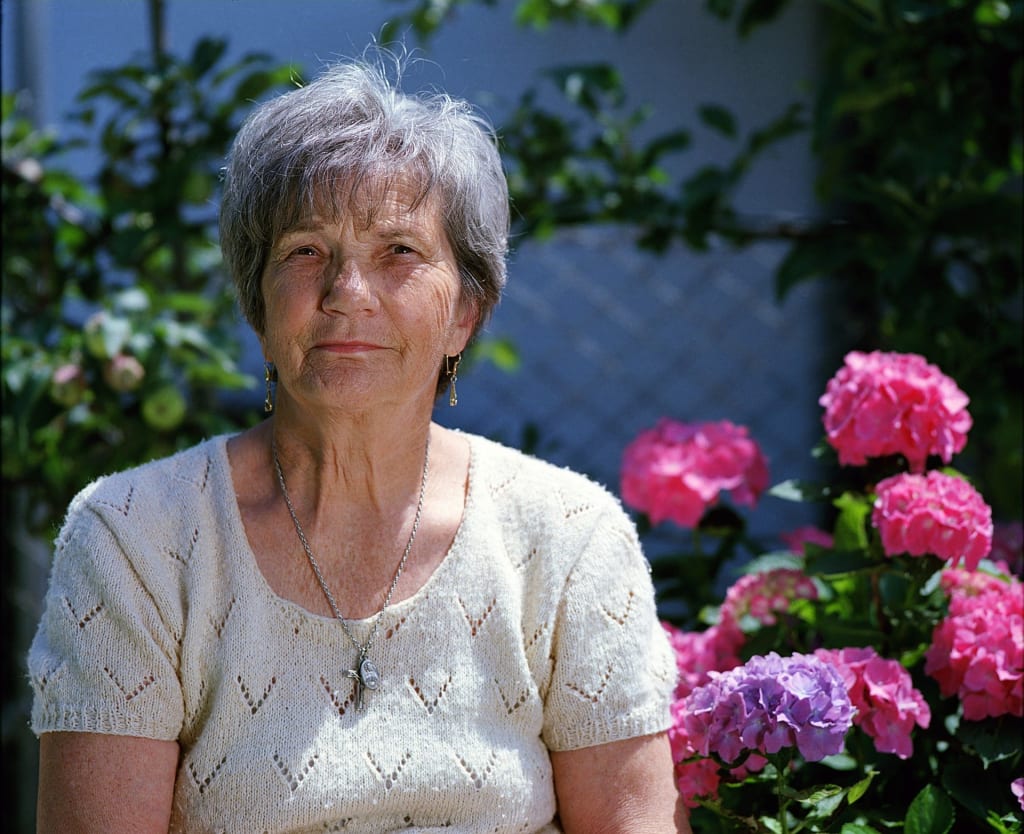Aging as Disease
You Can't Argue with Statistics

It started with a simple request from my 74 year old mom to “help her understand this stuff.” That is not meant as any sort of knock on her at all. She is an extremely intelligent woman. However she has no training in science or math or statistics and frankly not much interest in them either.
Of course I said I would try to help. Thus began a long strange journey which ended with the ultimate conclusion that we are moving relentlessly and rapidly toward a future state in which old age itself must be classified as a disease. Like the history of any disease the exact definition will be argued about and modified but eventually an agreed upon diagnostic test or set of tests will be defined for this condition. Call it the old age panel. A set of statistical models will be developed that the numbers from the old age panel tests will be entered into. The output of the model will determine ones diagnosis. Above or below a set threshold value and a person will be diagnosed with the disease of old age.
Sounds awfully dystopian right? Possibly, however I am not writing this post as the preface to some planned post apocalyptic biotech thriller. I can already here that movie preview guy with the deep voice in my head. “In the future old age has become a disease….” What I want to discuss is how and why this is happening.
Why is the classification of old age as a disease state inevitable? If you had asked me that question two months ago I would have said you were crazy. Then my mom hands me two pieces of paper. The pages were the results of her DEXA bone scan test for osteoporosis. Osteoporosis is somewhat unique in that the diagnosis of disease and threshold for treatment are solely determined by one number. That number is designated as the t-score. DEXA technology and other approaches measure bone density. Reduced bone density has been correlated with increased fracture risk and eventually it was linked directly with the condition of osteoporosis.
The t-score is a statistically derived value which reflects the difference in bone density of the patient compared to the young healthy population. For every 1SD variance in a patients bone density compared to the mean of the young healthy population the t-score increases proportionally. There is a cutoff t-score and if the patient exceeds this score they have osteoporosis.
There is another value that is often reported with DEXA scans though it is ignored in terms of disease diagnosis. This is the z-score. Exactly like the t-score it reflects the deviation in bone density from the mean. However, the z-score uses the patients peer group in age and other factors as the control group to calculate the mean. Here is the really critical and interesting point. As I studied my moms t and z scores it became really clear. While her t-scores indicated she had osteoporosis and needed treatment her z-scores showed that her bone density was totally average and completely normal for her age group.
So I did some math. I calculated that based on her t and z scores and using the cutoff score needed to assign a diagnosis of osteoporosis close to 50% of post menopausal women would meet the clinical definition of disease. That can’t be right I thought so I did some quick research. It turns out that I was basically spot on. The Cleveland clinic has estimated that 30% of older women have osteoporosis and close to 50% a milder form of the disease called osteopenia.
There is another group for which reduced bone density correlates totally and perfectly. That group is called older persons. Osteoporosis may just be a leading edge example, but in the future if other diseases are to be diagnosed by comparison of some arbitrary metric with the “young healthy” population it won’t be long before any condition that occurs with old age is defined as disease. Ultimately old age itself will become a disease. After all, how can you argue with the t-score?
About the Creator
Everyday Junglist
Practicing mage of the natural sciences (Ph.D. micro/mol bio), Thought middle manager, Everyday Junglist, Boulderer, Cat lover, No tie shoelace user, Humorist, Argan oil aficionado. Occasional LinkedIn & Facebook user






Comments
There are no comments for this story
Be the first to respond and start the conversation.